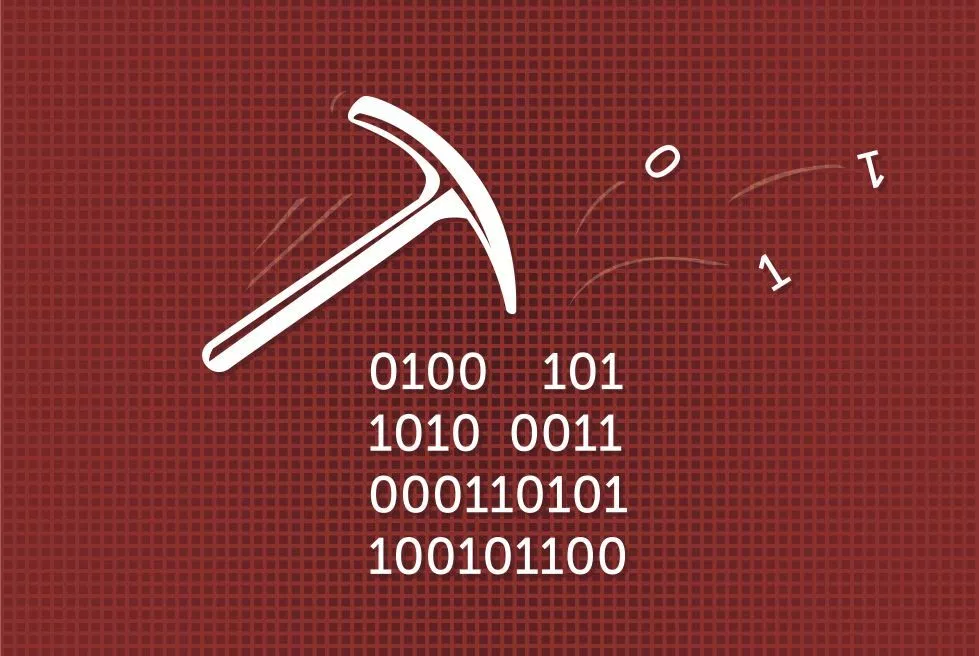A Brief Overview of Black Mining
It’s no longer news to many that private and home computers and servers are being used as extra resources for cryptocurrency miners. Evgeny Lopatin, an analyst at Kaspersky Lab, explains: “Cybercriminals, as always, use any opportunity to make a profit illegally, and their methods are constantly evolving. The growth of the cryptocurrency market has opened up new opportunities for cybercriminals, but to take full advantage, they need the power of other people’s equipment. This, in turn, has led to a rapid increase in cases where mining software is installed without the user’s knowledge. Part of this boom in hidden mining is because, in the early days of the cryptocurrency market, it was much easier to mine and make money.”
Kaspersky Lab reports that in August 2017 alone, about 9,000 computers were found to be infected with cryptocurrency mining viruses. These pirate mining networks can bring their owners up to $30,000 in profit per month.
The Most Popular Cryptocurrencies Among Pirate Miners
Currently, the most popular cryptocurrencies among illegal miners are Monero (XMR) and Zcash.
How Black Mining Works
Miners prioritize high-performance computers with powerful graphics cards and processors. Mining viruses directly use the technical resources of the infected computer, which significantly slows down performance and increases energy consumption. Games like World of Tanks, GTA 5, Dota, Minecraft, and others may start to lag or freeze.
The uniqueness of these viruses lies in their direct use of the computer’s resources, making them difficult for some antivirus programs to detect. The virus typically gets onto a computer during software updates, often under the pretense of license renewal, downloading activation keys, and similar actions.
Legal Mining and How to Detect Hidden Mining
Kaspersky Lab experts note that any user can legally install special software and mine cryptocurrencies. The mining process itself is completely legal.
It’s fairly easy to check your graphics card’s load yourself—just use a utility like GPU-Z (Graphics Processing Unit). Launch the program, and it will show you how your graphics card’s resources are being used.



